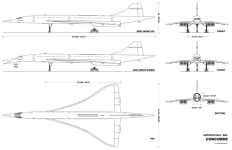I believe very firmly in the movement system, but the paired combat system does need some tweaking to make it the full on terror it should be.
Closing battles would take longer to prosecute then one shot in most cases when we are talking the average battle space, inside the 100D limit.
The problem is planning ahead to actually achieve your goal, not just accelerate wildly...
I made a spreadsheet to visualise future movement.
Here is a scenario where a ship (red) jumps in ~1 000 000 km from a planet (blue) that is moving at a constant rate, and a second ship (green) moves from the planet to intercept the red ship. Both ships have 4 G.

The ships start at the botton of the graph and moves upwards. The red dots mark turn 8, that is when the green ship has to turn over to accelerate back towards the planet to intercept the red ship.
Round 15 the red ship turns over to decelerate:

Range is below 300 000 km for the first time.
Interception happens around turn
21 20, when the red ship is slightly behind, but with a slightly higher velocity:

So, we have to plan more than 10 turns ahead to make a simple intercept.
At round
30 29 both ships have matched vectors with the planet

The red ship could deny interception by accelerating hard to the left, passing the green ship (and the planet) at high speed.











